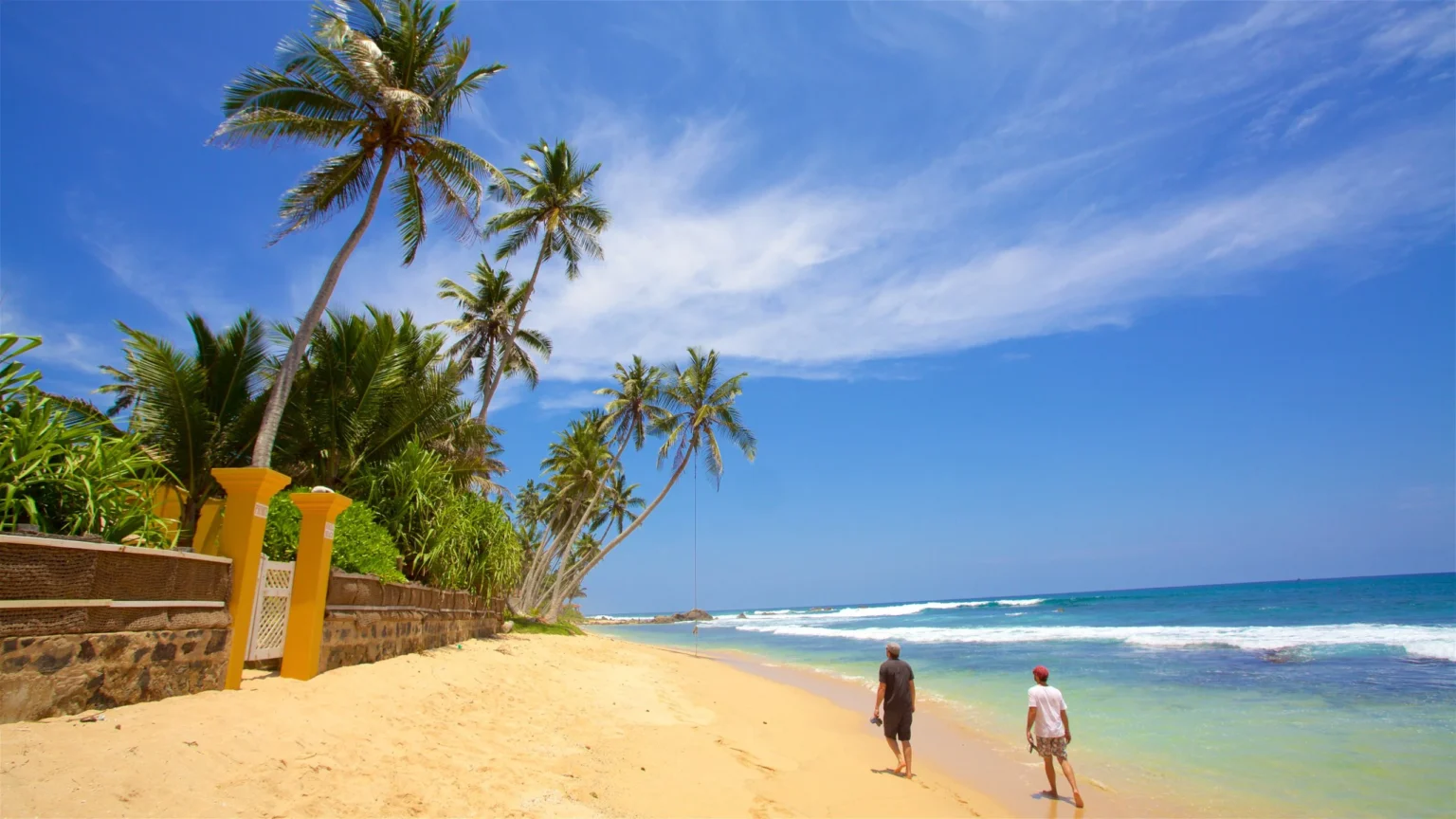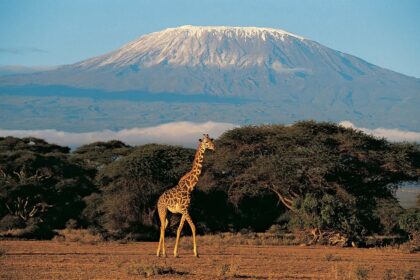At a Glance
- Sri Lanka posts $2.66 billion tourism earnings as arrivals near two million in 2025.
- Visa relief and economic stability drive stronger regional demand and long-stay visitor returns.
- Broader tourism products, new routes and revived hotel projects deepen market confidence.
Sri Lanka, an island country in the Indian Ocean, earned $2.66 billion from tourism in the first 10 months of 2025, cementing its place among the Indian Ocean’s busiest travel markets.
New Central Bank data shows nearly 1.97 million visitors have already arrived, led by travellers from India, the U.K., Russia, Germany and China.
The tourism rebound reflects smoother visa rules, restored economic stability and a wider range of travel products that helped bring long-stay and repeat travellers back to the island.

Why tourism growth strengthened in 2025
The rebound reflects two shifts: easier visa rules and improved economic stability. After 2023–24, the government rolled out visitor-friendly policy changes, including a pilot program offering free 30-day visas to travellers from 35 countries. The move supported repeat travel and lowered entry costs for regional markets.
Stability also mattered. New multilateral financing, debt-relief agreements and restored project funding improved fuel supply, transport reliability and foreign-currency access, all essential for tourism. With fewer disruptions, long-stay travellers who had postponed trips started returning.
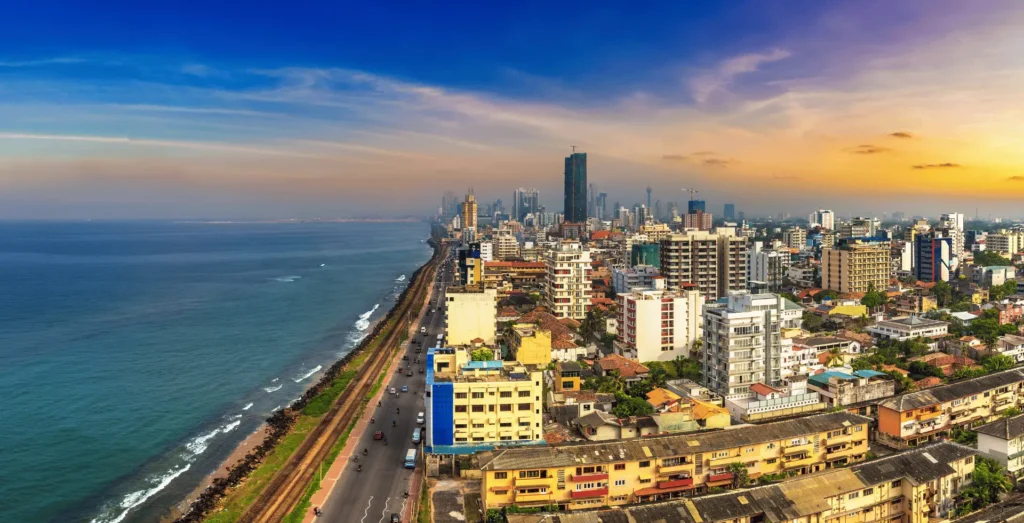
Visitor mix and why it matters
India led with 443,622 arrivals between January and Nov. 12. The U.K. followed with 180,592, then Russia (144,308), Germany (123,053) and China (115,400).
India’s dominance reflects proximity, improved flight schedules and affordability, while travellers from Western Europe and China tend to spend more per trip. Crossing $2.66 billion in receipts as arrivals near 2 million shows Sri Lanka is benefiting from both volume and stronger average spending.

Beyond Beaches: A broader tourism offer
Industry data points to growing demand for tea-country tours, wellness retreats, heritage travel, wildlife trips and food-led experiences.
Hotels are designing stays that blend coastal resorts with personalised wellness, hiking routes and regional exploration, a shift that supports longer itineraries.

Investment returns to the sector
Clearer policy direction encouraged hotel groups and entrepreneurs to restart delayed builds and expansions. Improved access to development finance brought some capital back, though large projects still face pressure from currency swings, high borrowing costs and demand for reliable power.
Risks that could slow growth
Sri Lanka’s external accounts remain fragile. Sudden exchange-rate shifts or rising inflation could undermine visitor spending and raise operating costs.
Dependence on a narrow set of source markets also exposes the sector to external shocks, while rapid growth has raised concern about waste systems, water supply and strain on sensitive environments.
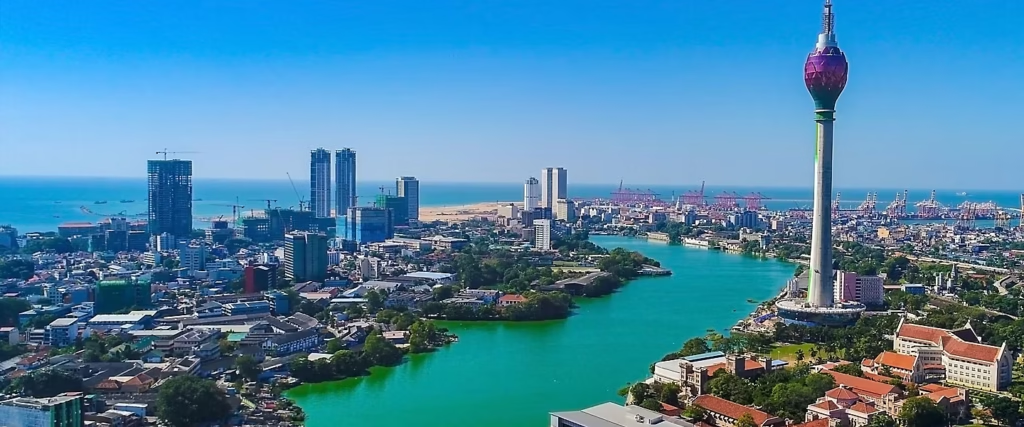
What a durable recovery requires
Sri Lanka’s next phase depends on three conditions:
• Stable macroeconomic policy and predictable prices.
• Wider, more reliable air connectivity, including affordable short-haul routes.
• Continued investment in products and regulations that spread tourism across more regions.

Bottom line
Sri Lanka’s $2.66 billion in tourism earnings marks clear progress. Better policy, renewed confidence and more varied travel experiences helped bring the island back into global demand.
The challenge now is to turn this rebound into a long-term, high-value model that supports jobs, draws investment and protects the natural and cultural assets that visitors come to experience.

